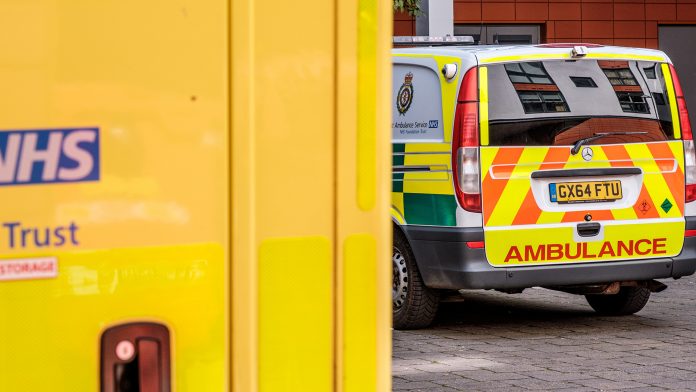
New figures show that NHS waiting lists and the COVID backlog fell for the fourth month in a row in January despite the longest period of industrial action in NHS history.
The data shows that the NHS waiting list is down by 27,761 from the previous month (7.58 million in January versus 7.60 million in December), and it has decreased by 192,659 since September (7.77 million).
The number of patients waiting also fell by 43,053 in January (6.32 million versus 6.37 million in December) and is now 174,056 lower than in September (6.5 million).
Catching up on the COVID backlog in the midst of industrial action
One in five days in January were affected by strike action, but NHS staff still delivered 1,570,551 treatments – 52,214 (3%) more than before the pandemic (1,518,337 in January 2019).
The NHS continues to focus on the longest waiting lists, with the number of those waiting over 65 weeks down by 60% from the peak of 233,051 in June 2021 to 92,213 in January.
The statistics show that the number on an NHS waiting list for over a year has also fallen, standing at 321,394, the lowest since March 2022.
Thanks to the efforts of hardworking staff, the NHS improved in A&E and ambulance performance last month – despite urgent and emergency care services experiencing their busiest February on record.
Improving diagnostic capacity and patient care
NHS staff also delivered a record number of diagnostic tests in January with over 2.3 million patients receiving vital tests or checks, up 14% on the same month pre-pandemic in January 2019.
Separate data for February shows that the NHS’s innovative community diagnostic centres, located in the heart of local communities, have delivered more than 7.4 million tests and checks since the first sites opened in the summer of 2021.
They continue to boost diagnostic capacity in the areas most convenient to patients by delivering more than 100,000 vital tests and checks weekly.
The NHS has continued to maintain high levels of bed capacity since the start of the year, with bed numbers in February showing an increase in January, and the latest weekly figures (week ending 10 March) show an average of 103,054 general and acute beds open, 99,761 of which were core beds.
The significant progress came thanks to robust winter planning and the NHS’s urgent and emergency care recovery plan, which has seen more beds, new ambulances, and the rollout of measures such as care traffic control centres, urgent community response teams and same-day emergency care.
Professor Sir Stephen Powis, NHS National Medical Director, said: “Demand for NHS services across the country remains high – this was a record February for urgent and emergency services, with A&E attendances and ambulance callouts up significantly on pre-pandemic levels.
“With new measures like the expansion of same-day emergency care services across the country to reduce NHS waiting lists, making sure people are checked for worrying symptoms quickly with community diagnostic centres and thousands of patients benefiting from virtual wards, staff right across the NHS are working incredibly hard to deliver on our post-pandemic recovery plans”.










